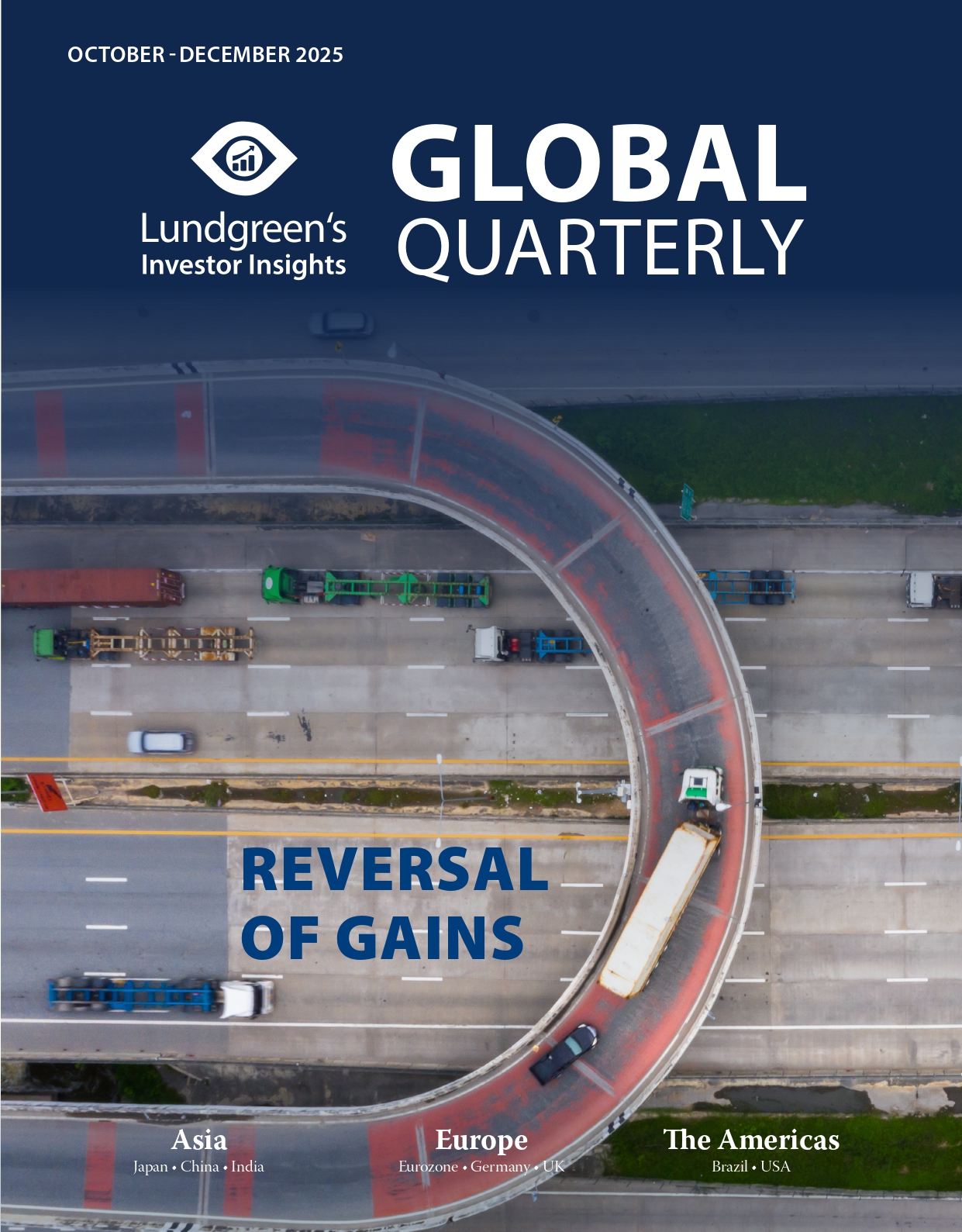Next Week in China: 4-8 November 2024
Major Data Releases:
- 4-8 November: China to hold the 12th meeting of the Standing Committee of the 14th National People’s Congress
- 7 November: China to report October trade balance
- 7 November: China to report October imports and exports data
- 7 November: China to report October foreign exchange reserves level
- 8 November: China to report October M0, M1 and M2 money supply statistics
- 8 November: China to report October total social financing (TSF)
- 8 November: China to report October new renminbi loans
- 9 November: China to report October consumer price index (CPI)
- 9 November: China to report October producer price index (PPI)
The first week of November will see data on social financing, imports and exports, and CPI for October released to the public. In addition to these major data releases, the meeting of the National People’s Congress warrants significant attention as concrete fiscal measures will be announced following the conclusion of the meeting. Congress is expected to follow through with the rollout of various stimulus measures announced by the central government.
Regarding money supply and social financing, we expect a slight increase in both the CPI and PPI in October. In September, the gap between the two price indices continued to widen as the CPI rose by 0.4 per cent year-on-year, primarily driven by increasing food prices with the combined effects of the back-to-school season and the celebration of the Mid-Autumn Festival. Meanwhile, the PPI declined further in September, dropping by 2.8 per cent year-over-year, which is a full percentage point drop from the prior month. This PPI decrease was influenced by two main factors: downward fluctuations in international commodity prices and insufficient domestic demand for certain industrial products in China.
Regarding financing, the growth rate of TSF continued to decline from August. Government bonds remained the main source of credit and liquidity growth in September. Corporate bonds, RMB loans, and off-balance sheet financing showed significantly lower year-on-year expansions, with both total credit volume and structure showing no improvement. However, since the end of September, various incremental stimulus measures have delivered results, with the PBOC creating new tools like government bond trading and stock repurchase refinancing facilities. We are expecting better numbers in October.
For equity, as of Thursday, 31 October, the MSCI China Index decreased by 1.59 per cent for the week. Meanwhile, the Shanghai Composite Index decreased by 0.60 per cent, the Shenzhen Component Index declined by 0.27 per cent, and the ChiNext Index decreased by 3.32 per cent.

Looking ahead, the market’s medium-term stability and potential upward trend will depend on the scale of fiscal stimulus measures that will be brought to life by Congress. These include both the government’s strategy for budget deficit management and bond issuances for bank recapitalization.
This piece has been co-produced with Yiyi Capital Limited in Hong Kong, a China specialist and a part of a global financial services group.







